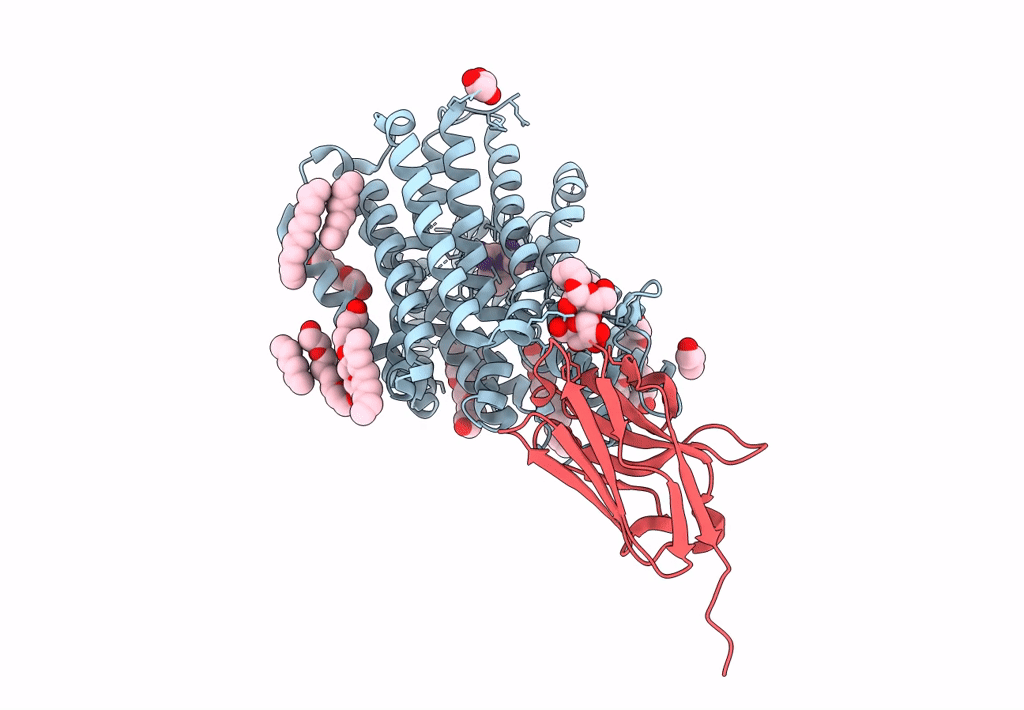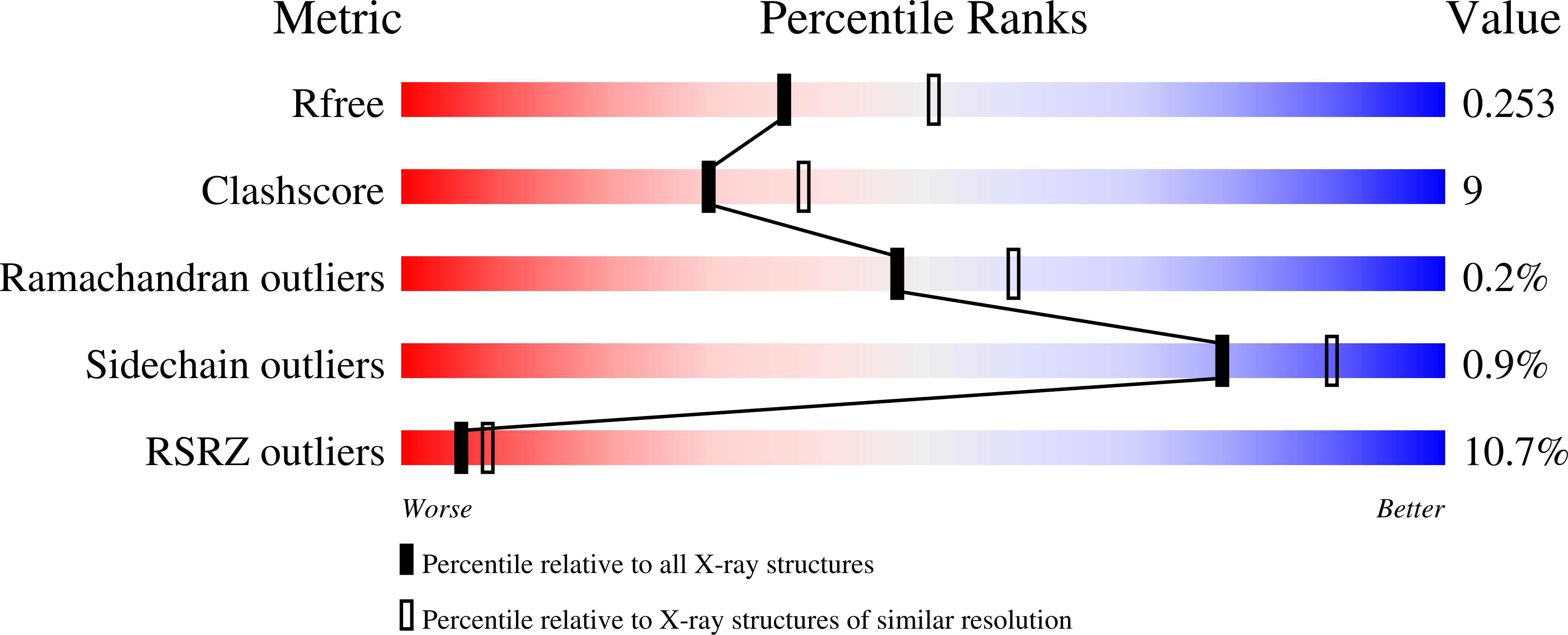
Deposition Date
2022-09-09
Release Date
2023-08-09
Last Version Date
2024-11-20
Entry Detail
Biological Source:
Source Organism:
Escherichia coli (Taxon ID: 562)
Lama glama (Taxon ID: 9844)
Lama glama (Taxon ID: 9844)
Host Organism:
Method Details:
Experimental Method:
Resolution:
2.30 Å
R-Value Free:
0.25
R-Value Work:
0.22
R-Value Observed:
0.22
Space Group:
P 2 21 21


